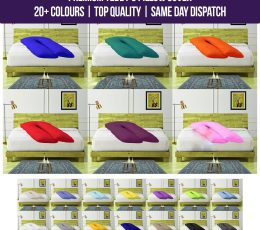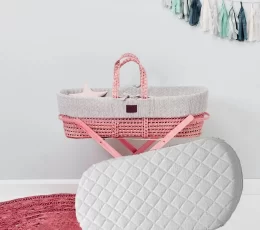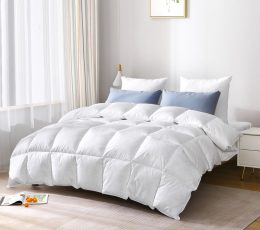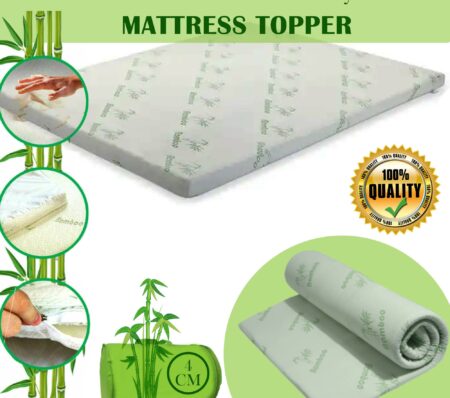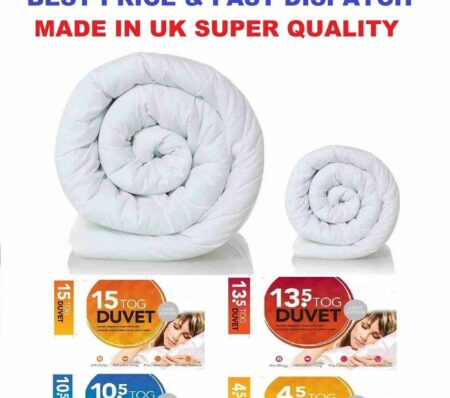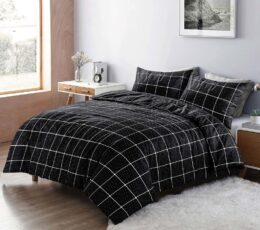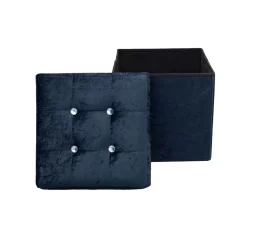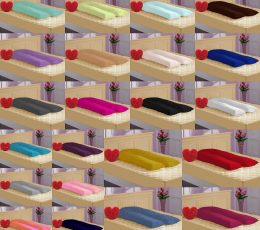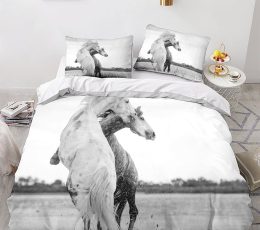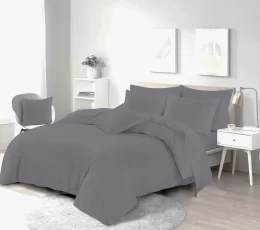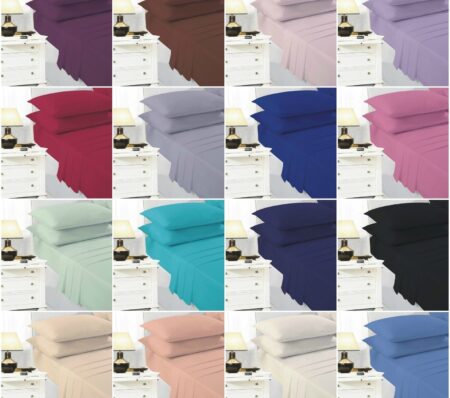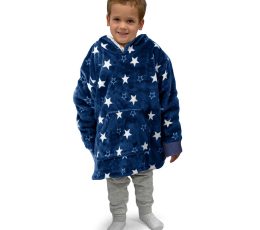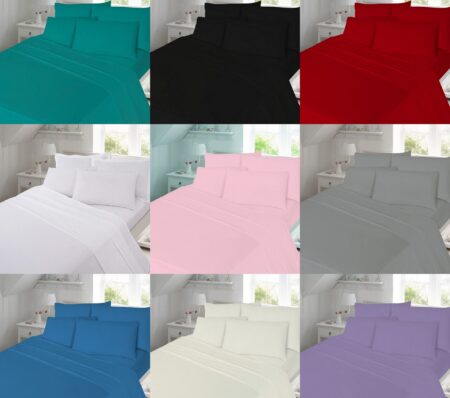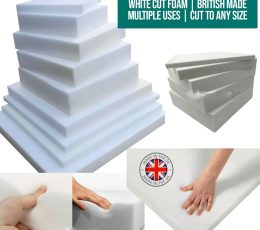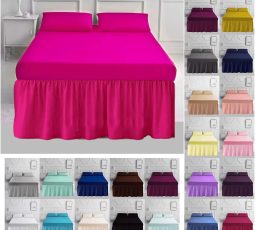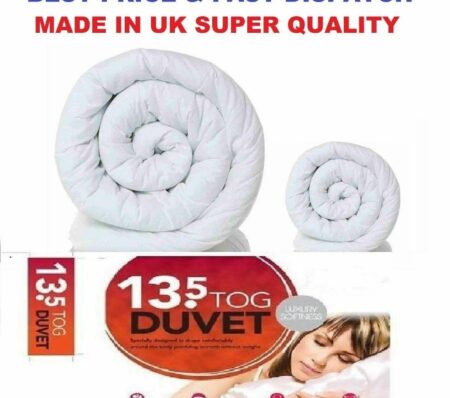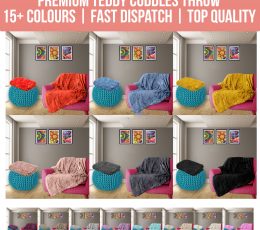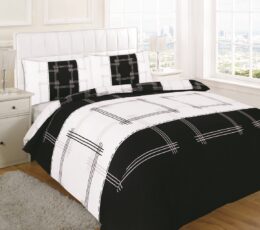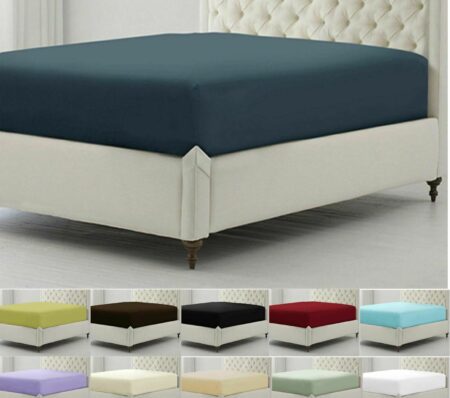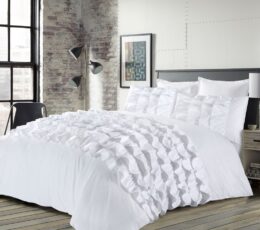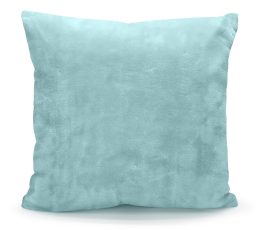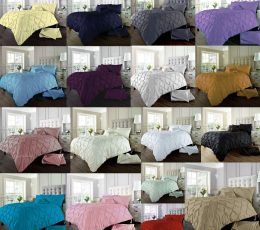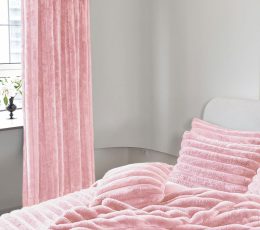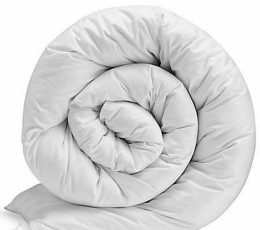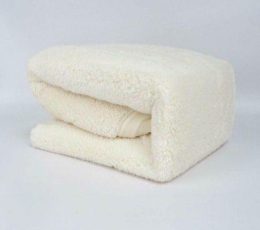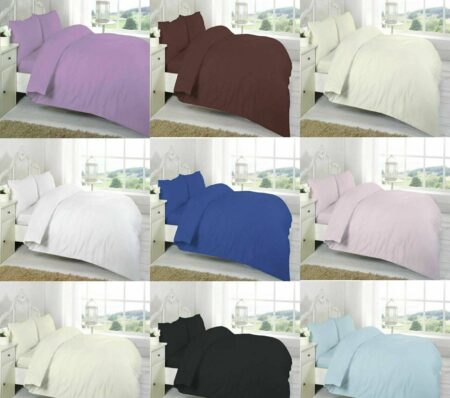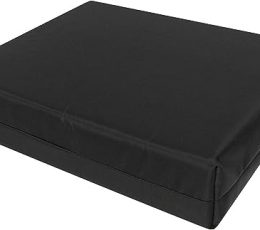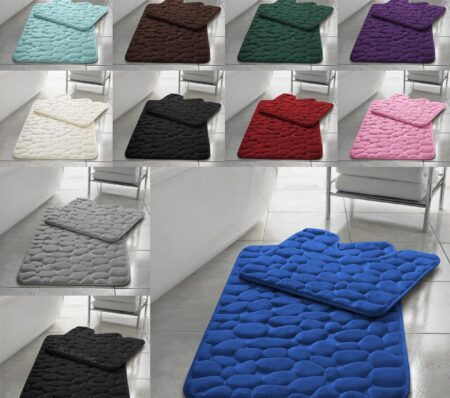As the chilly winter months approach, it’s time to cozy up and invest in the perfect duvet to keep you warm during those frosty nights. Selecting the right winter duvet involves considering various factors such as tog rating, breathability, hypoallergenic properties, and the materials used. In this article, we’ll explore the key features to choose the best duvet for winter and delve into the benefits of popular materials such as cotton, wool, silk, and linen.

the Tog Rating for duvet for winter
The tog rating is a crucial factor when choosing a duvet for winter. Tog is a measurement of thermal insulation, and higher tog ratings indicate a warmer duvet. For winter, it’s advisable to opt for a duvet with a tog rating on the higher side, typically ranging from 10 to 13.5. This ensures the duvet provides adequate warmth and insulation during the colder nights, creating a snug and comfortable sleeping environment. You can understand deeply about togs from the duvet tog guide.
Breathable
While warmth is essential, it’s equally crucial for a duvet for winter to be breathable. Breathability prevents overheating and allows moisture to escape, ensuring a comfortable sleep experience. Duvets with good breathability help regulate body temperature, preventing the discomfort associated with excessive sweating. Look for duvets made from materials that balance insulation and breathability, promoting comfortable and restful sleep throughout the winter season. Is 10.5 Tog duvet warm for winter.
Hypoallergenic
Winter allergies can be exacerbated by the prolonged time spent indoors. Choosing a hypoallergenic duvet can help alleviate allergy symptoms by preventing the growth of dust mites and other allergens. Hypoallergenic duvets are designed to resist dust mites & mould, providing a healthier sleeping environment for those prone to allergies. We recommend you to understand about why you should consider anti-allegy duvet.
Free from Toxins and Chemicals
Investing in a winter duvet that is free from toxins and chemicals is essential for overall health and well-being. Many duvets are treated with chemicals such as flame retardants and pesticides. Opting for a natural and organic duvet ensures that you are not exposed to any harmful substances, promoting a safer sleep environment. After you sometimes you get the idea how often should you change your duvet that makes the sleep more healthy.

The best duvet material for winter
As before getting the best material duvet for winter, it appropriate to understand what is winter tog duvet and how does the material affects the insulation and cozyness that need to get the best sleep during winter and provides the proper insulation that is not either make you too sweaty or too cold.
cotton duvet
Cotton duvets are a popular choice for winter due to their breathability and moisture-wicking properties. They are lightweight, soft, and very easy to care for. Cotton allows air circulation, preventing overheating while providing adequate insulation to keep you warm during winter nights. The 13.5 tog duvet is the best option for the cotton duvet that can use in winters.
wool duvet
Wool duvets are known for their excellent insulation properties. Wool is a natural temperature regulator which keeps you warm in winter & cool in summer. Wool duvets are also breathable and wick away moisture, making them a versatile and comfortable option for winter nights.
silk duvet
Silk duvets are luxurious and known for their exceptional warmth-to-weight ratio. They provide a lightweight and cozy feel, offering excellent insulation without the bulk. Silk is also naturally hypoallergenic, making it an ideal choice for those with allergies.
linen duvet
Linen duvets are gaining popularity for their breathability and durability. While linen may not provide the same level of insulation as wool or silk, it is an excellent choice for those who prefer a lighter duvet. Linen also has natural moisture-wicking properties, ensuring a comfortable and restful sleep.
Recycled hollowfibre duvet
For environmentally conscious consumers, recycled hollow-fibre duvets emerge as an excellent choice. These duvets are crafted from recycled materials, offering a sustainable option that doesn’t compromise on warmth and comfort. Hollow fibre refers to synthetic fibres with hollow cores, enhancing the duvet’s insulating properties. Opting for a recycled hollow-fibre duvet aligns with eco-friendly principles while ensuring a cozy night’s sleep.

Which Duvet Is Best for Children in Winter?
Ensuring the well-being & comfort of our little ones during the winter months is of utmost importance. When selecting a duvet for babies and children, it’s crucial to consider safety, warmth, and ease of maintenance. Look for duvets with lower tog ratings (around 4.5) to prevent overheating. Additionally, choose duvets made from breathable materials like cotton to provide a comfortable and safe sleep environment for the youngest members of the family.
Which is best duvet for night sweats?
Night sweats can be a common concern, even consider duvet for winter. Individuals experiencing this issue should opt for duvets with excellent moisture-wicking properties. Natural materials like bamboo or eucalyptus-based fabrics are known for their ability to absorb and disperse moisture, keeping you dry & comfortable throughout the night.
Consider 4.5 Tog duvets to prevent excessive heat buildup, promoting a more restful sleep for those prone to night sweats.
How Do I Take Care of My Duvets?
Proper care is important for prolonging the life and performance of your all season duvet. Here are some tips to keep your duvet for winter in top condition:
Regular Fluffing: Give your duvet a good shake and fluffing regularly to maintain its loft and ensure even distribution of filling.
Use a Duvet Cover: Invest in a high-quality single duvet cover that protects your duvet from stains, spills, and general wear. Duvet covers are also easier to clean and replace.
Follow Care Instructions: Always adhere to the care instructions provided by the manufacturer. Different materials may require specific washing and drying methods.
Spot Cleaning: Address stains promptly with spot cleaning to prevent them from setting. Use a mild detergent & follow the care guidelines.
Professional Cleaning: Depending on the duvet material, consider professional cleaning for a thorough and gentle treatment, especially for duvets with delicate fillings. We recommend to you to get the duvet usable for all season which you know from the tog for all season duvet to use in every season.

FAQs
What is the significance of the tog rating when choosing a winter duvet?
The tog rating measures a duvet’s thermal insulation. For winter, opt for a higher tog rating (10-13.5) to ensure ample warmth during colder nights.
Why is breathability important in a winter duvet?
Breathability prevents overheating by allowing air circulation, ensuring a comfortable sleep experience. It also helps regulate body temperature & prevents excessive sweating.
Are hypoallergenic duvets essential for winter use?
Hypoallergenic duvets resist dust mites and allergens, making them a great choice, especially during winter when prolonged indoor stays can exacerbate allergies.
What materials are best for winter duvets?
Cotton, wool, silk, and linen are popular choices. Cotton offers breathability, wool provides excellent insulation, silk offers a luxurious feel, and linen is breathable and durable.
Are recycled hollow fibre duvets suitable for winter use?
Yes, recycled hollow-fibre duvets are eco-friendly and provide warmth. The hollow fibres enhance insulation, making them a sustainable and cozy option for winter
Which duvet is recommended for babies and children during winter?
Choose duvets with lower tog ratings (around 4.5) made from breathable materials like cotton to ensure the safety and comfort of little ones during winter.
How can I address night sweats with my winter duvet?
Opt for duvets with moisture-wicking properties, such as those made from bamboo or eucalyptus-based fabrics. Lower tog ratings can also prevent excessive heat buildup for individuals experiencing night sweats.
How should I care for my winter duvet to ensure longevity?
Regular fluffing, using a duvet cover for protection, following care instructions provided by the manufacturer, spot cleaning stains promptly, and considering professional cleaning when necessary is essential for proper duvet care.
Can I use a winter duvet throughout the year?
While winter duvets provide extra warmth, their suitability depends on personal preference and the climate. Some may find them too warm for the summer months, prompting a switch to lighter options.
Are there any eco-friendly options for winter duvets?
Yes, besides recycled hollow fibre, consider duvets made from organic materials like organic cotton or those labelled with eco-friendly certifications, ensuring a sustainable choice for winter warmth.
So, from above this we can understand everything about that we need to know about how to find the best duvet for winter, so we recommend to understand every detail that we discuss about coverless duvet for winter and how to choose the duvet which is the appropriate insulated for the winter. There are several duvets with tog rating between 13.5 or 15 tog duvet that are best to use in winter.

